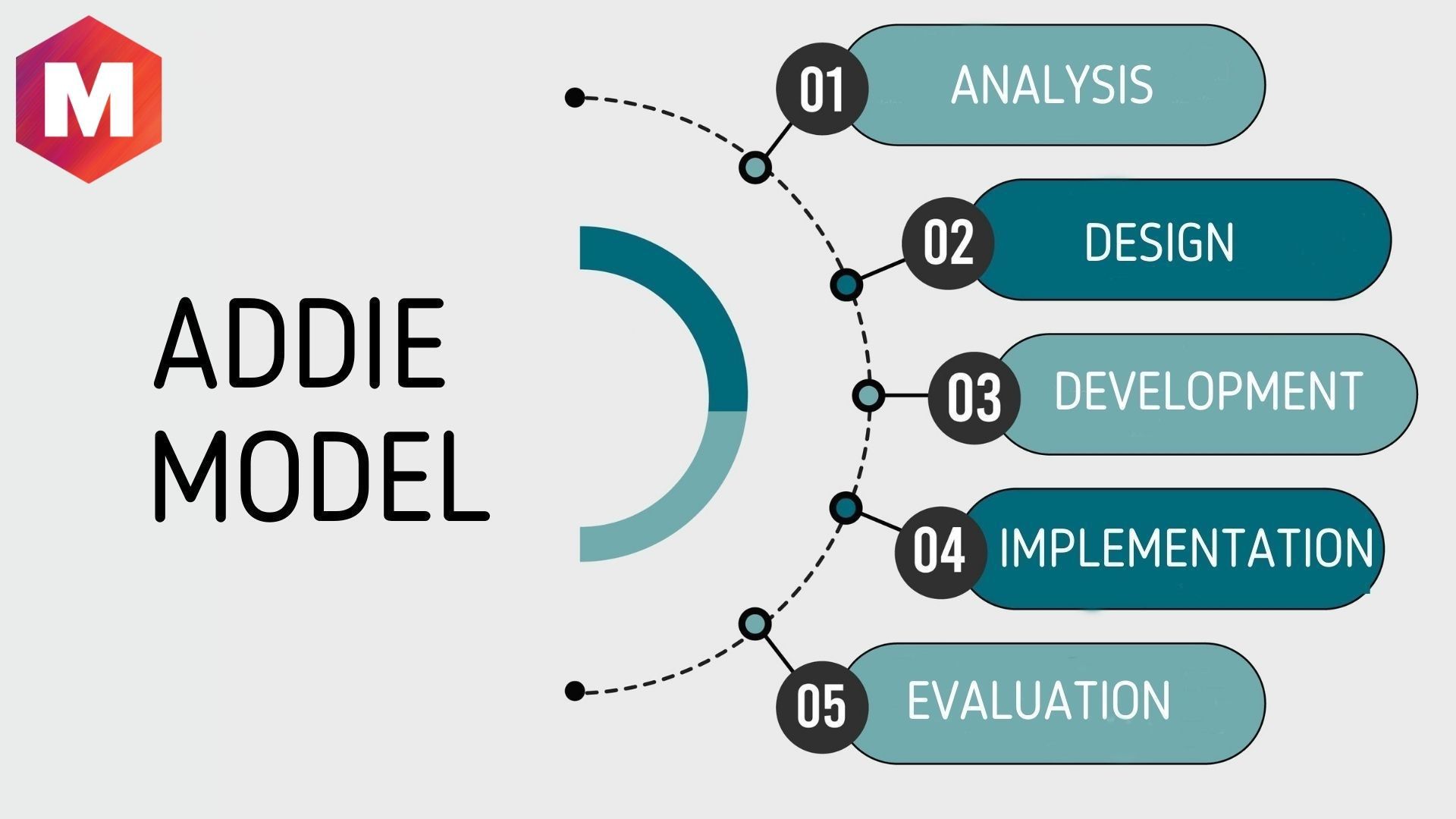
In the fast-paced world of education and training, instructional design plays a pivotal role in creating effective learning experiences. This comprehensive guide will delve into the intricacies of instructional design, shedding light on its core principles, methodologies, and its significance in today’s educational landscape.
Understanding the Basics of Instructional Design (H1)
Instructional Design: The Foundation of Learning
At the heart of every successful learning program lies the art and science of instructional design. It serves as the backbone that shapes educational content and ensures that learning objectives are met.
The Evolution of Instructional Design (H2)
From Ancient Pedagogy to Modern E-Learning
The journey of instructional design spans centuries, evolving from traditional teacher-centric approaches to today’s tech-driven e-learning methodologies.
The Role of an Instructional Designer (H2)
Crafting Learning Experiences
An instructional designer is like a maestro, orchestrating the symphony of knowledge and delivering it in a harmonious and effective manner.
Key Components of Instructional Design (H1)
Analyzing the Audience (H2)
Know Your Learners
Understanding your audience is paramount in creating customized learning experiences that resonate with individuals’ needs and preferences.
Setting Clear Learning Objectives (H2)
Charting the Course
Well-defined learning objectives provide a roadmap for both instructors and learners, ensuring a focused and goal-oriented educational journey.
Content Development Strategies (H2)
Building the Educational Arsenal
Effective instructional design hinges on the creation of engaging and informative content, using a variety of multimedia tools and resources.
Assessment and Evaluation (H2)
Measuring Learning Success
Evaluation methods, such as quizzes, tests, and surveys, gauge the effectiveness of the learning experience, allowing for necessary adjustments.
Instructional Design Models (H1)
The ADDIE Model (H2)
Analysis, Design, Development, Implementation, Evaluation
The ADDIE model is a systematic approach that guides instructional designers through the entire process, ensuring a structured and effective outcome.
Constructivism (H2)
Learning by Doing
This model emphasizes active participation and hands-on learning, promoting higher retention rates and deeper understanding.
Connectivism (H2)
Learning in the Digital Age
In an era dominated by digital connectivity, this model focuses on the importance of networked learning and leveraging technology for educational purposes.
The Significance of Instructional Design in Today’s World (H1)
Meeting the Challenges of the 21st Century
In a rapidly evolving world, instructional design adapts to the changing educational landscape, ensuring that learning remains engaging, relevant, and effective.
Conclusion (H1)
In conclusion, instructional design is the art and science of crafting effective learning experiences. By understanding the audience, setting clear objectives, employing innovative content development strategies, and utilizing assessment tools, instructional designers create educational content that truly resonates with learners. In an era where knowledge is power, instructional design empowers individuals to unlock their full potential.